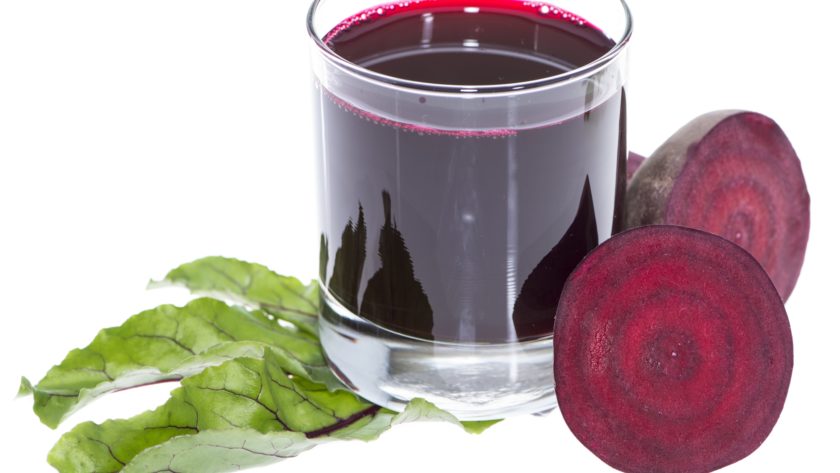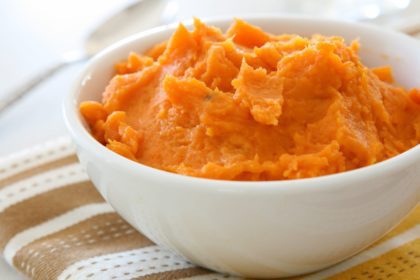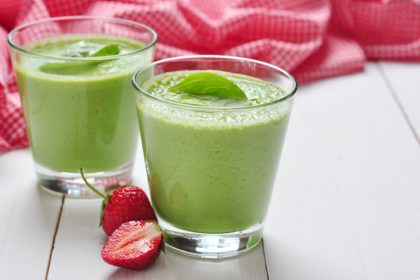Strokes are afflicting more young Americans — it’s no longer a disease of the elderly and is the leading cause of death worldwide. Strokes are the fifth leading cause of death in the United States and high blood pressure leads as the cause. Here’s how one particular change in your diet can reduce your risk.
Strokes in Young People
The risk of stroke increases with age, but actor Luke Perry was only 52 when he had a massive stroke and died.
Immediately after a stroke, your brain swells (a.k.a. cerebral edema, brain edema, or elevated intracranial pressure). When you’re younger (middle-aged) and have a stroke, it is especially dangerous.
Brain Compression
Swelling is your body’s response to many types of injury. As you grow older, your brain shrinks, which is a cause of memory problems and cognitive decline as you age.
But when you’re younger and your brain swells after a stroke, there’s no room within your snug-fitting skull for expansion.
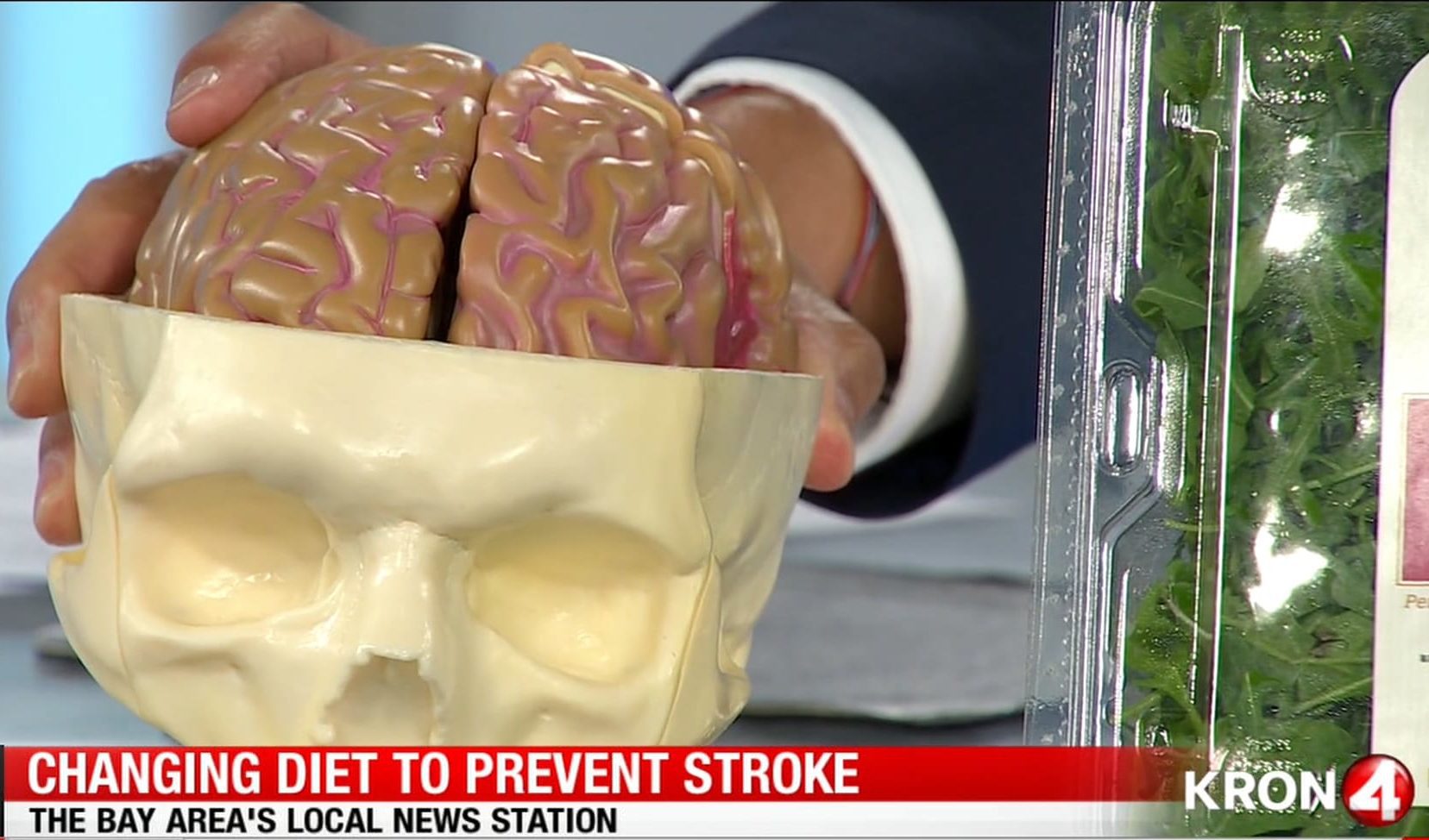
As a result, your swelled brain presses up against the inside of your skull. A younger person will experience more intense pressure which can peak three to five days after a stroke.
The pressure constricts blood flow to your brain and deprives it of oxygen, while at the same time, it also blocks fluids from leaving your brain, so the brain swelling alone, can cause death.
NOTE: Sometimes the skull will have to be cut open and removed to relieve the pressure (decompressive craniectomy). A scope may also be used to drain cerebrospinal fluid or blood.
Strongest Risk Factors for Stroke
One in 3 U.S. adults has at least one of the following conditions or habits:
- High blood pressure
- High cholesterol
- Smoking
- Overweight
- Diabetes
Nitrates and Blood Pressure
Eating foods high in compounds called nitrates is a natural way to treat hypertension and reduce risk of a vascular event, such as a stroke or heart attack.
Your body converts nitrates to nitric oxide (N-O), which is a vasodilator that widens (dilates) your blood vessels, and protects against endothelial dysfunction.

Previous studies showed that drinking beet root juice dilated blood vessels and increased blood flow to the regions of the brain involved in executive functioning. In this study, 70+ year-olds ate a high-nitrate breakfast with 16 oz. of beet juice for four days.
In a study published in Vascular Health and Risk Management, researchers revealed that cerebral blood flow was 20 percent lower in patients with Alzheimer’s disease compared to those without dementia.
Also, studies have shown that beet roots or beet root juice can reduce your blood pressure by up to 4-10 points over a period of a few hours.
Beetroot juice lowered blood pressure 1 hour after drinking it with a peak drop in blood pressure occurring after 3 to 4 hours.
 NOTE: If you’re a heart patient, you’re familiar with nitroglycerin and were probably instructed to never leave home without it.
NOTE: If you’re a heart patient, you’re familiar with nitroglycerin and were probably instructed to never leave home without it.
Nitroglycerin or “nitro” is a heart medicine for angina* and belongs to a group of medicines called nitrates. As a vasodilator, it dilates the blood vessels and increases the supply of blood and oxygen to your heart.
*Angina is a type of chest pain caused by reduced blood flow to the heart. Pain can also occur in the jaw, neck, throat, shoulders, arms, or back.
Green Leafy Vegetables — The Powerful Protector
In a European study, the researchers found that there are higher levels of nitrates in the leaves of plants (and lower levels occur in seeds or tubers). For example, many leaf crops had higher concentrations of nitrates than beets.
This study compared nine different vegetable groups:
- Cruciferous vegetables (e.g., broccoli, cabbage, sauerkraut)
- Bulb vegetables (garlic, onion)
- Fruiting vegetables (e.g., cucumber, pumpkin, tomato)
- Fungi (mushroom)
- Herbs (e.g., chives, dill, parsley)
- Leafy vegetables (e.g., spinach, iceberg lettuce, endive)
- Legumes (e.g., beans, peas, string beans)
- Stem vegetables (e.g., asparagus, celery, leek, fennel)
- Roots and tubers (e.g., artichoke, carrot, potato,
And the Winner is….
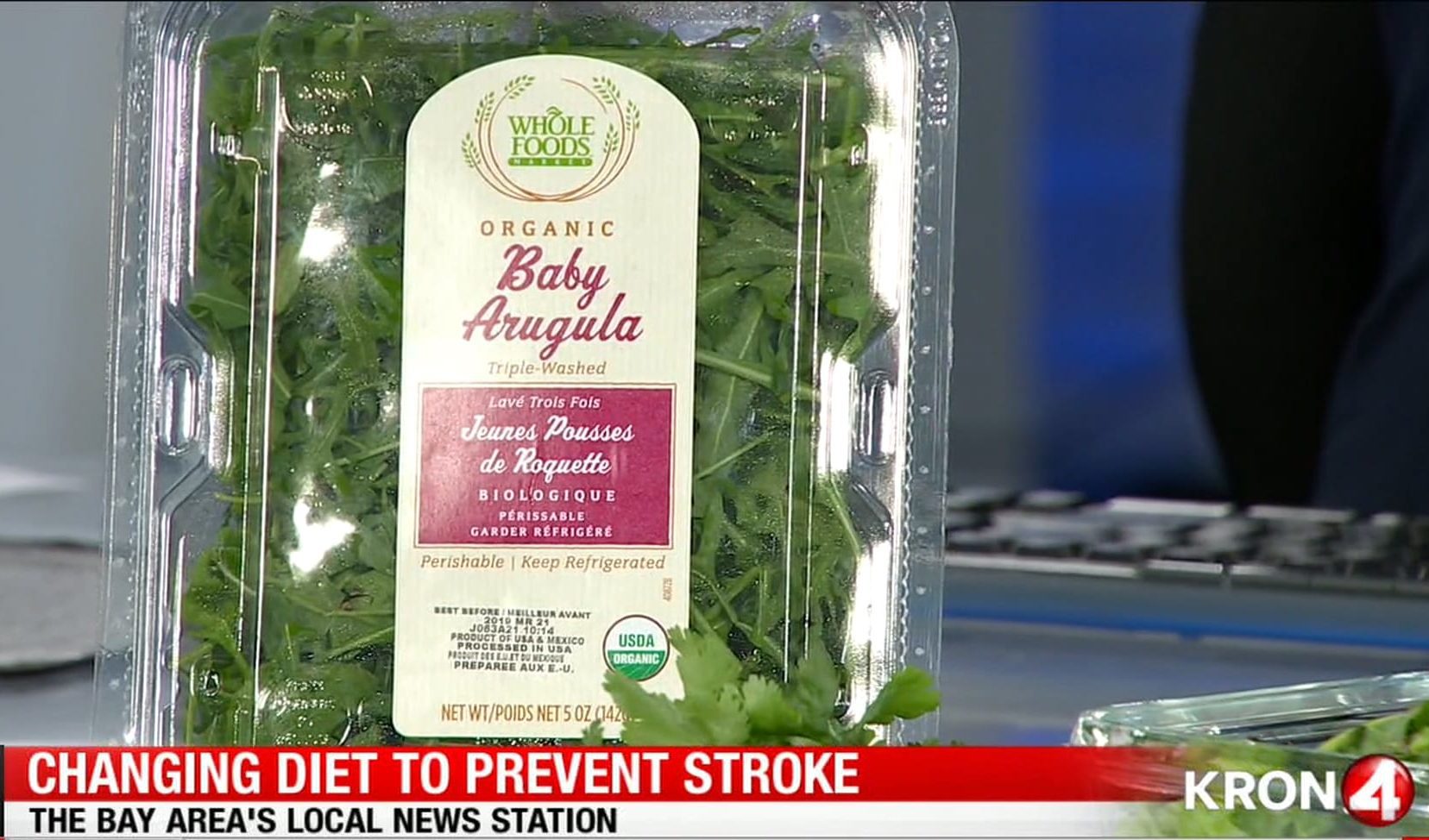
Of the foods containing high levels of nitrates (over 1,000 mg per kg), 15 of the top 17 are green leafy vegetables. Here’s how the nitrate concentrations compare (mg nitrate per kg):
- Arugula (a.k.a. rocket) = 4,800 mg nitrate/kg — contains over four times (!) more nitrate than a beet — The Winner!
- Amaranth = 2,660
- Lamb’s lettuce (a.k.a. mache) = 2,130
- Rhubarb = 2,808 (stem vegetable)
- Cilantro (a.k.a. coriander, Chinese parsley) = 2,468 (herb)
- Butter leaf lettuce = 1,978
- Mixed greens (a.k.a. mesclun, spring mix) = 1,878
- Basil = 1,827 (herb)
- Beet greens = 1,770
- Red/green leaf lettuce (a.k.a. curled lettuce) = 1,628
- Oak leaf lettuce = 1,553
- Swiss chard = 1,510
- Belgian endive = 1,475
- White radish (a.k.a. daikon) = 1,256 (root vegetable)
- Dill = 1,123 (herb)
- Beets = 1,100 (root vegetable)
- Romaine (a.k.a. cos) = 1,097
NOTE: Spinach, a popular salad green, contains 785 mg nitrate per kg.
Are You Eating Enough?
For a healthy heart and brain, eat two servings of green leafies per day. One serving = 1 cup.
Eat N-O Raw
Cooking, boiling, steaming, broiling, baking, and blanching all destroy the nitrates necessary for N-O production.
For the full vessel-dilating effect, eat these leafy greens, beetroots, and their nutritious leaves (beet greens) raw.
Eat Your Greens and Other Colors Too
Eat a variety of colorful fruits and vegetables to benefit from their different health-promoting properties. For example, the following vegetables, although low in nitrates, are very high in healthy antioxidants and fiber:
- Kale = 267 mg nitrates per kg
- Broccoli = 209
- Carrot = 125 (Arugula contains 38 times more nitrate than a carrot!)
- Potato = 106
- Brussels sprouts = 1 (You read that right, Brussel sprouts have 1 mg of nitrates per kg but nutrition-wise, they’re superior in other ways.)
![]() Karen’s Fit Tip: To lower your blood pressure and help with weight loss, start your lunch and dinner with a bowl of leafy green salad. Leafy greens contain lots of water so, they’re filling, low in calories, yet high in nutrients. Romaine lettuce is 95% water!
Karen’s Fit Tip: To lower your blood pressure and help with weight loss, start your lunch and dinner with a bowl of leafy green salad. Leafy greens contain lots of water so, they’re filling, low in calories, yet high in nutrients. Romaine lettuce is 95% water!


